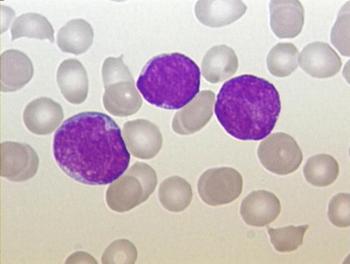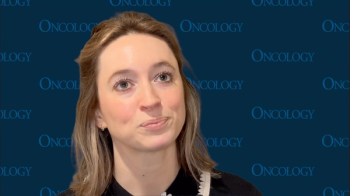
Kelly Valla, PharmD, BCOP, on Dosing Modifications With Tazemetostat for Follicular Lymphoma
Tazemetostat use only requires dosing modifications in a small percentage of patients, according to an oncology pharmacist.
For the latest installment of the “Product Profile”, ONCOLOGY® spoke with Kelly Valla, PharmD, BCOP, about dosing modifications associated with tazemetostat (Tazverik) as therapy for adult patients with relapsed or refractory follicular lymphoma harboring EZH2 mutation as detected by an FDA-approved test following at least 2 prior systemic therapies and for those who have no satisfactory alternative treatment options for their disease. Here, she discusses dosing modifications due to adverse effects (AEs) of tazemetostat.
Patients who experience neutropenia can resume treatment at a reduced dose for 3 occurrences, but treatment should be permanently stopped at the fourth occurrence. For thrombocytopenia, patients can resume therapy at reduced dose after the first and second occurrence but must stop after a third. For anemia, patients must wait until it improves to at least a grade 1 event, then they can resume therapy at same or reduced dose.
Transcript:
Dosing modifications are not incredibly common. From an AE standpoint, patients require dose modification at very low rates. Only about 9% of patients in the trial that [supported the] FDA approval required dose modification [and] only about 8% discontinued due to treatment-related toxicities. However, almost a third of patients did need some sort of treatment pause, and that is something to watch out for. However, overall, modifications are not common and are clearly outlined in the prescribing information.
Reference:
Tazverik. Prescribing information. Epizyme; 2020. Accessed May 21, 2021.
Newsletter
Stay up to date on recent advances in the multidisciplinary approach to cancer.

















































































